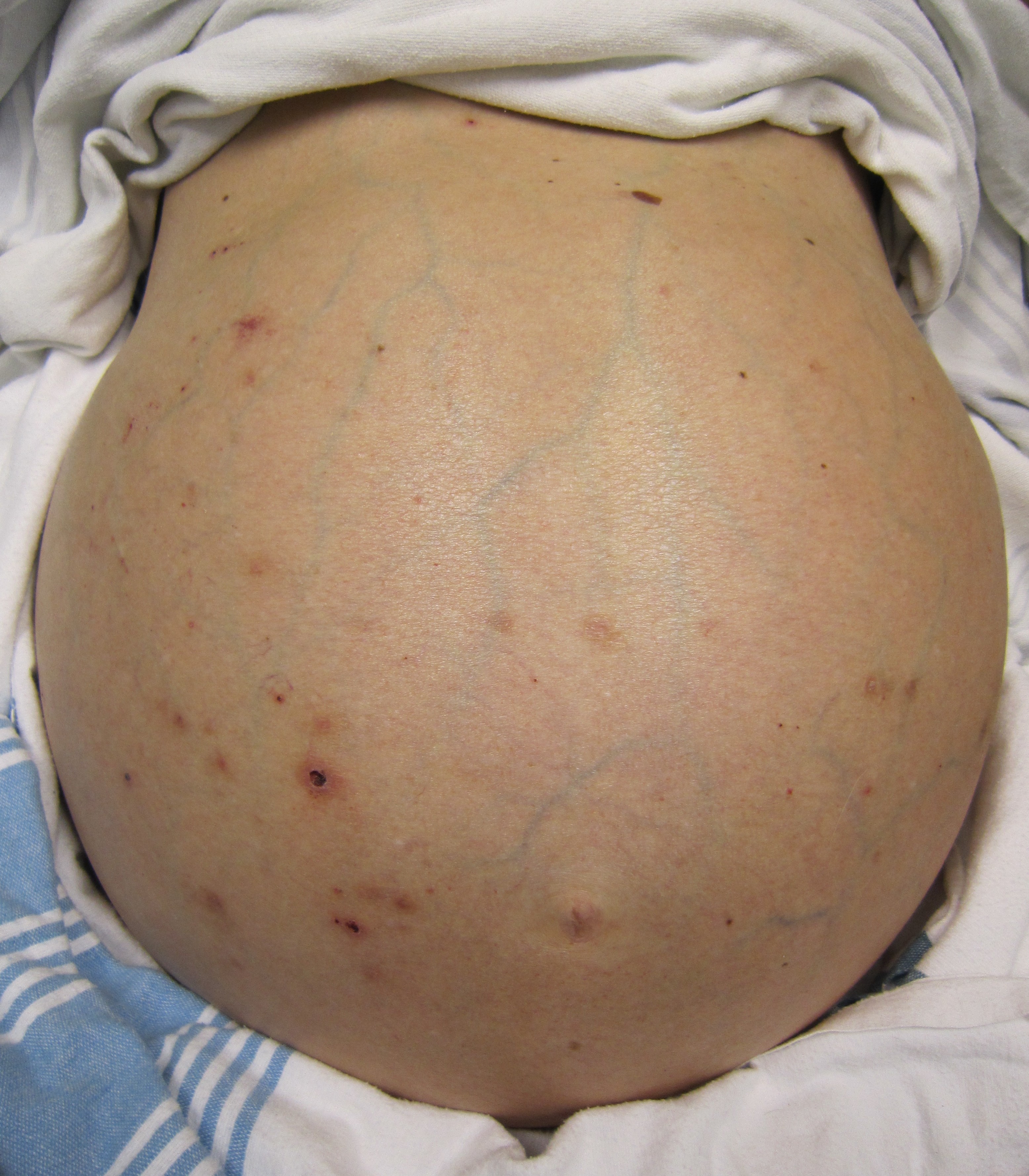Among the following, which is not a clinical finding of a severely dehydrated patient?
Skin pallor and cool-to-touch skin
Pitting edema
Tachycardia with thready pulse
Lung sounds diminished with crackles upon auscultation
Urine Specific gravity of 1.035 D. Blood sodium 150 mEq/L
The Correct Answer is B
Choice A rationale
Skin pallor and cool-to-touch skin are common signs of severe dehydration. When the body is severely dehydrated, blood flow to the skin decreases, causing the skin to feel cool and look pale.
Choice B rationale
Pitting edema is not a clinical finding of severe dehydration. In fact, it’s quite the opposite. Pitting edema is a condition that causes swelling due to fluid accumulation, often due to conditions like heart failure, liver disease, or kidney disease.
Choice C rationale
Tachycardia with a thready pulse is a common sign of severe dehydration. The heart rate increases in an attempt to maintain blood flow to the organs, and the pulse may feel weak or thready due to low blood volume.
Choice D rationale
Lung sounds diminished with crackles upon auscultation is not typically associated with dehydration. This is more commonly seen in conditions affecting the lungs such as pneumonia or heart failure.
Nursing Test Bank
Naxlex Comprehensive Predictor Exams
Related Questions
Correct Answer is B
Explanation
Choice A rationale
Respiratory alkalosis is typically associated with hyperventilation, which can occur in conditions such as anxiety, fever, or certain lung diseases. However, it is less likely in a patient who is nauseous and vomiting.
Choice B rationale
Metabolic alkalosis is a condition that can occur due to the loss of acid from the body, which can happen when a patient is vomiting. When a person vomits, they lose stomach acid (hydrochloric acid), and this can disrupt the acid-base balance in the body, leading to metabolic alkalosis.
Choice C rationale
Metabolic acidosis is typically associated with conditions that cause the accumulation of acid in the body or the loss of bicarbonate, such as kidney disease, lactic acidosis, or certain poisonings. It is less likely in a patient who is nauseous and vomiting.
Choice D rationale
Respiratory acidosis is typically associated with conditions that cause an inability to remove enough carbon dioxide from the body, such as chronic obstructive pulmonary disease (COPD) or airway obstruction. It is less likely in a patient who is nauseous and vomiting.
Correct Answer is D
Explanation
Choice A rationale
Aspiration is not a common complication of TPN. TPN is administered intravenously, bypassing the gastrointestinal tract, which reduces the risk of aspiration. Choice B rationale
Polyuria, or excessive urination, is not typically a direct complication of TPN. However, the fluid balance of patients on TPN should be monitored, as both overhydration and dehydration can lead to urinary changes.
Choice C rationale
Stomatitis, or inflammation of the mouth and lips, is not a common complication of TPN. Since TPN bypasses the gastrointestinal tract, it does not typically cause oral complications.
Choice D rationale
Abdominal distention can occur as a complication of TPN. This is because TPN can cause an imbalance in the gut flora, leading to gas production and bloating. Additionally, if a patient on TPN has an underlying condition that affects gut motility, they may experience abdominal distention.

Whether you are a student looking to ace your exams or a practicing nurse seeking to enhance your expertise , our nursing education contents will empower you with the confidence and competence to make a difference in the lives of patients and become a respected leader in the healthcare field.
Visit Naxlex, invest in your future and unlock endless possibilities with our unparalleled nursing education contents today
Report Wrong Answer on the Current Question
Do you disagree with the answer? If yes, what is your expected answer? Explain.
Kindly be descriptive with the issue you are facing.
